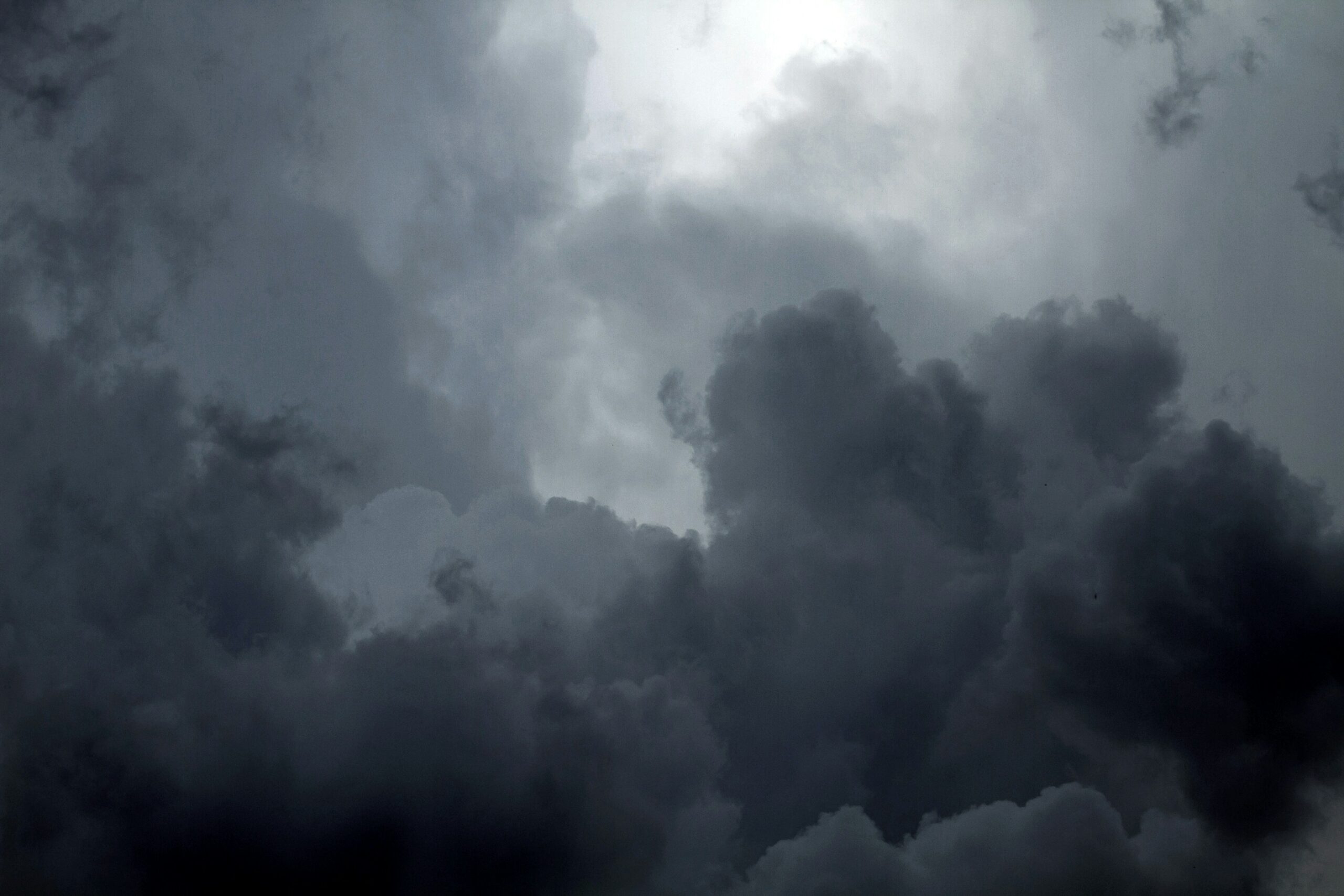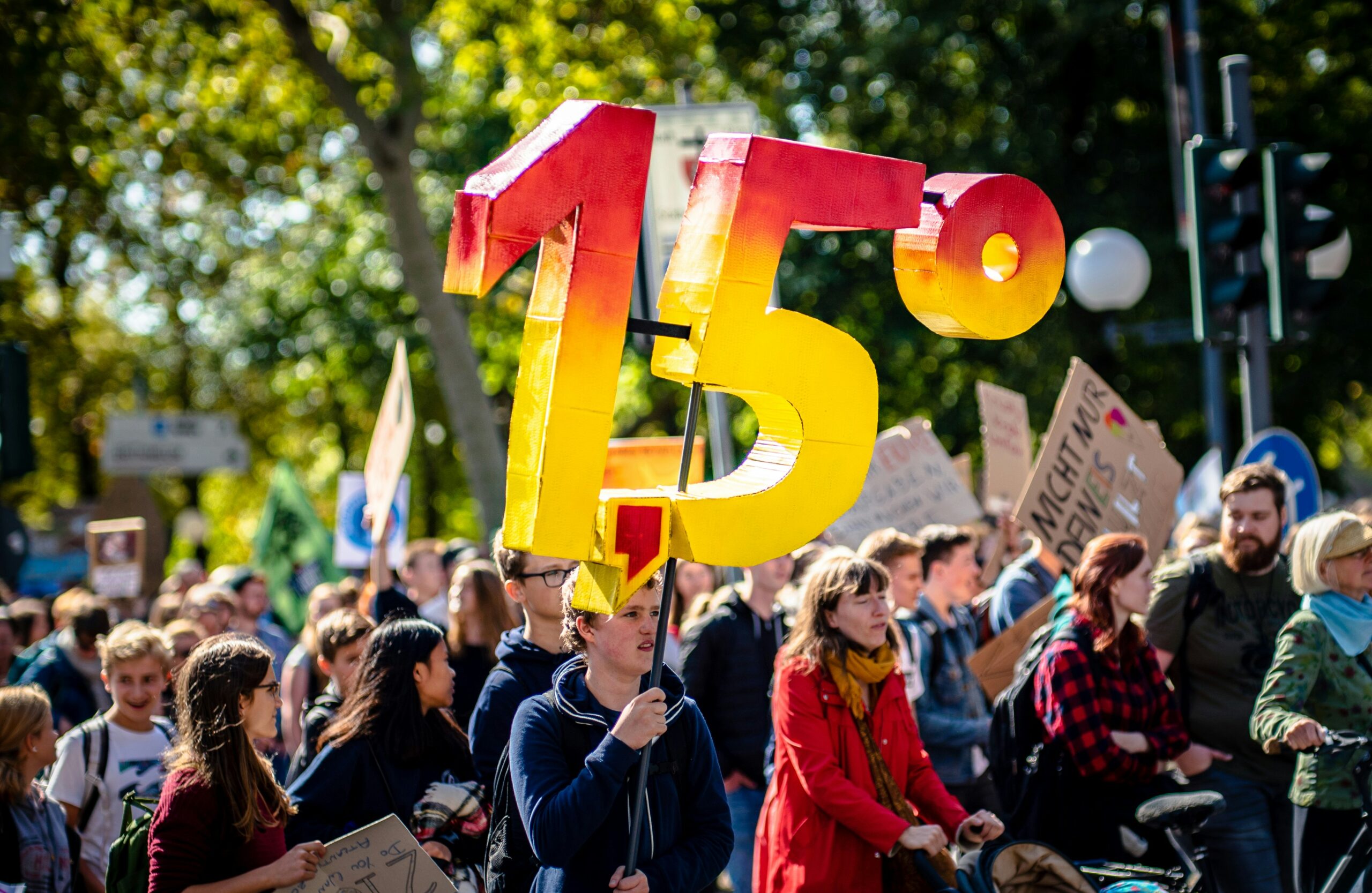Introduction to the Earthquake
On [insert date], a powerful earthquake struck New Zealand, registering a magnitude of [insert magnitude] on the Richter scale. The epicenter of the earthquake was located at [insert location], an area known for its geological vulnerabilities. This seismic event has prompted widespread concern among residents of the South Island, particularly those living in coastal regions, as authorities urge them to evacuate and stay away from the shoreline.
New Zealand is situated on the Pacific Ring of Fire, a region characterized by a high level of seismic activity due to tectonic plate movements. These geological dynamics result in frequent earthquakes, making the country particularly susceptible to natural disasters. Historically, New Zealand has experienced several significant earthquakes that have led to loss of life, injury, and infrastructure damage. The recent earthquake’s magnitude and occurrence has reminded residents and governmental agencies of the inherent risks associated with living in such a geologically active zone.
The affected regions stretch across various parts of the South Island, where numerous communities are facing the threat of aftershocks and potential tsunamis. Initial reports indicate that several cities, including [insert names of affected cities or towns], experienced significant tremors and damage. In response, emergency management services are actively monitoring the situation and are prepared to assist residents in need of aid and evacuation support. The recent quake serves as a critical reminder of New Zealand’s geological characteristics and the necessity for preparedness in the face of potential natural disasters.
The Impact on the South Island
The recent powerful earthquake has profoundly impacted residents of New Zealand’s South Island, leading to extensive infrastructure damage and significant disruptions to essential services. Many towns, particularly those situated along the coast, have experienced damaged roadways, toppled buildings, and rocked utility infrastructure. The seismic activity has rendered certain areas nearly impassable, hindering emergency response efforts and complicating the delivery of aid. Eyewitness accounts indicate that many residents felt the tremors intensely, often reporting a deep sense of anxiety and uncertainty as they navigated the aftermath of the event.
In addition to physical damage, the psychological and emotional impact on local communities is severe. Residents have been grappling with feelings of fear, loss, and stress following the quake. Those who witnessed the earthquake firsthand describe the terrifying experience of their homes shaking and the chaos that ensued. Many have reported difficulty sleeping and increased apprehension about future seismic activity. In discussions with community leaders, there is a shared recognition of the need for mental health resources to support residents who may be struggling to cope with the aftereffects of this disaster.
The disruption to services is another glaring consequence of the earthquake. Blood banks, schools, and critical care facilities have faced interruptions, prompting local officials to reassess disaster preparedness protocols. Substantial resources are being allocated towards restoring these essential services to ensure that the community can resume normalcy as quickly as possible. As South Island residents come to terms with the implications of the earthquake, a strong sense of solidarity has emerged. Neighborhoods are banding together, and local organizations are mobilizing to provide support, showcasing the resilience of these communities in challenging times.
Government Response and Safety Warnings
In the wake of the powerful earthquake that recently struck New Zealand’s South Island, the government has swiftly activated its emergency response frameworks to ensure public safety. Civil defense authorities have been at the forefront, closely monitoring the situation and disseminating timely information to residents. The immediate focus has been on issuing safety warnings, particularly emphasizing the importance of remaining away from coastal areas. Residents have been advised that the risk of tsunamis, although not imminent, remains a possibility following significant seismic activity.
Emergency services have been deployed to assess damage, facilitate evacuations where necessary, and provide assistance to affected communities. The government has also established communication channels for residents to report issues and receive updates on safety measures. Additionally, local authorities have organized informational sessions to educate citizens on the best practices in the event of aftershocks or tsunami alerts. These sessions are pivotal in helping communities prepare and respond effectively to potential secondary hazards.
Authorities have reiterated the need for vigilance and preparedness. Residents living in low-lying coastal regions have been specifically cautioned to stay informed through official announcements and to heed evacuation orders if they are issued. Such precautionary measures are vital to minimizing risks, as aftershocks can occur in the days, weeks, or even months following the initial earthquake.
In light of the current circumstances, the New Zealand government encourages all residents to remain calm while staying alert to further notifications from civil defense agencies. These safety warnings and the ongoing efforts of the government highlight the significance of community resilience in the face of natural disasters. The cooperation between citizens and emergency management systems is critical to ensuring the safety and well-being of all individuals during this challenging time.
Historical Context of Earthquakes in New Zealand
New Zealand is situated along the Pacific Ring of Fire, a region characterized by high seismic activity due to tectonic plate interactions. This geographical positioning has resulted in a complex history of earthquakes that have had significant impacts on the nation. Notable earthquakes include the 1906 Hawke’s Bay earthquake, which resulted in considerable damage and loss of life, with a magnitude of 7.8, and the devastating Christchurch earthquake of 2011, which measured 6.3 and led to widespread destruction and fatalities.
Statistically, New Zealand experiences thousands of earthquakes each year, although the vast majority are too small to be felt. According to geological studies, over 1,000 earthquakes with a magnitude of 5.0 or greater occur annually. However, the country has been working diligently on improving its infrastructure to withstand seismic events. Legislation enforced since the late 1990s has mandated that buildings be constructed to meet stringent earthquake-resistant standards, reflecting the lessons learned from previous seismic events.
The impact of these seismic activities extends beyond immediate physical damage; they also shape emergency response protocols and community preparedness. After the Christchurch earthquake, many cities began to implement more rigorous disaster management plans, incorporating regular drills and comprehensive education to ensure residents are equipped with knowledge on how to respond effectively during such emergencies. Overall, New Zealand’s history of seismic activity not only highlights the potential dangers but also illustrates the resilience of its population, as communities continually adapt and enhance their preparedness measures in anticipation of future earthquakes.
Tsunami Risks and Warnings
The recent powerful earthquake in New Zealand has raised significant concerns regarding potential tsunami risks, particularly for residents of the South Island. Tsunamis are typically generated by undersea geological activity, such as earthquakes, landslides, or volcanic eruptions. In the context of the recent seismic event, the likelihood of a tsunami being generated is heightened, necessitating immediate precautions for those living along the coast.
When an earthquake occurs, especially one of such magnitude, the possibility of a tsunami is assessed by monitoring agencies. They utilize seismic data to evaluate the potential impact on oceanic conditions. Residents should remain vigilant and heed any warnings issued by local authorities, as these alerts play a critical role in ensuring safety. The National Emergency Management Agency (NEMA) in New Zealand provides timely updates regarding tsunami watches and warnings, enabling swift responses.
In preparation for potential tsunami events, it is essential that residents familiarize themselves with established evacuation routes. Coastal areas often experience a rapid sea level rise, which can pose immediate danger. Knowing the quickest means to reach higher ground is vital. Evacuation routes are usually marked with signs, and local emergency services often have resources available for public education on these procedures.
In addition to knowing evacuation routes, residents should assemble an emergency kit with essentials such as food, water, medications, and other necessary supplies. Staying informed through local news and official channels about tsunamis allows individuals and families to make timely decisions. Safety measures should include practicing evacuation drills, especially in communities prone to tsunami threats. By taking these proactive steps, South Island residents can better prepare for the risks associated with tsunamis following an earthquake.
Community Preparedness and Resilience
In the face of increasing seismic activity, particularly in regions like New Zealand’s South Island, community preparedness and resilience play a crucial role in ensuring the safety and well-being of residents. It is essential for communities to establish robust systems that not only enhance their ability to respond to earthquakes but also mitigate the potential impacts of such natural disasters. One of the primary methods of cultivating preparedness is through community drills. Regularly scheduled earthquake drills enable residents to practice safety protocols and familiarize themselves with appropriate emergency responses. These drills effectively reinforce the importance of staying away from the coast during seismic events.
Furthermore, local organizations, including neighborhood associations and emergency services, play an instrumental role in fostering a culture of preparedness. They often lead initiatives that educate residents about the geological characteristics of their region, the potential risks involved, and the measures necessary to safeguard their families and properties. Collaboration among local organizations strengthens the overall community resilience by pooling resources and expertise, ensuring that all community members are aware of safety procedures and available support.
The significance of preparedness kits cannot be overstated in the context of earthquake readiness. Community guidelines typically recommend that each family assemble a kit containing essential items such as food, water, first aid supplies, and important documents. These kits serve as a vital lifeline during times of crisis, allowing families to sustain themselves and maintain their health while awaiting assistance. Additionally, developing a comprehensive family emergency plan, which includes communication strategies and designated meeting points, is equally imperative. By taking these proactive measures, communities can significantly reduce the adverse effects of earthquakes and enhance their overall resilience in the face of natural adversities.
Comparative Analysis with Other Recent Earthquakes Worldwide
The recent earthquake in New Zealand has drawn attention not only for its magnitude but also for its implications for local and global communities. Understanding this seismic event in the context of other significant earthquakes worldwide reveals patterns, responses, and lessons that can be beneficial for future event preparedness.
One notable earthquake for comparison is the earthquake that struck Turkey in 2020. Both events exhibited similarities in terms of magnitude, with the Turkey earthquake registering at 7.0 and New Zealand’s tremor reaching a comparable level. However, the impacts differed dramatically due to the geographical and infrastructural contexts. Turkey’s densely populated regions suffered extensive damage, leading to hundreds of casualties, whereas New Zealand’s less populated areas mitigated casualties despite the severity of the earthquake itself.
In contrast, the earthquake that occurred in Japan in 2021 serves as an exemplary case of robust preparedness. Japan’s immediate response strategies, including advanced warning systems and early evacuation protocols, minimized the loss of life despite a similar magnitude of seismic activity. Comparing Japan’s proactive stance with New Zealand’s efforts post-earthquake highlights the importance of preemptive measures, training, and community readiness in mitigating impacts.
Furthermore, the level of international support following these earthquakes varies significantly. The immediate global support and aid deployments to Turkey post-earthquake received widespread attention, while New Zealand’s localized support networks demonstrated a more self-reliant approach, emphasizing community resilience. Such differences in response not only underline the localized needs during disasters but also the global solidarity that emerges after significant seismic events.
Lessons learned from these comparisons emphasize the need for tailored response strategies that consider local contexts, community engagement, and effective preparedness to enhance resilience against future earthquakes.
Scientific Insights into Earthquake Prediction
The quest for reliable earthquake prediction has long challenged scientists and researchers. Despite significant advancements in technology and methodology, accurately forecasting seismic events remains elusive. Current research emphasizes the importance of understanding tectonic plates’ movements, as the majority of earthquakes occur along fault lines where these massive slabs of Earth’s crust interact. Scientists utilize a range of tools, including satellite interferometry, seismic monitoring, and ground deformation studies, to gather real-time data and analyze geological patterns that could indicate impending seismic activity.
One prominent area of development is the integration of machine learning with traditional geological analysis. By employing algorithms that can analyze vast data sets, researchers aim to identify subtle patterns that may precede significant seismic events. This approach has shown promise in recognizing recurring tremors and shifts that often go unnoticed, potentially leading to improved forecasting models. Additionally, the deployment of dense networks of seismometers allows for continuous monitoring, increasing the precision of detecting fault movements.
However, limitations persist. The inherent unpredictability of earthquakes presents a formidable barrier. For example, while some regions exhibit a consistent pattern of seismic activity, others may remain dormant for extended periods before erupting unexpectedly. Moreover, early warning systems, which alert communities of impending tremors based on initial seismic waves, still face challenges regarding the speed and accuracy of their notifications. Current technology can only provide a few seconds or minutes of warning, which is often insufficient for communities to adequately prepare.
To overcome these challenges, researchers advocate for enhancing public education about earthquake preparedness and the development of more sophisticated monitoring networks. As the scientific community continues to investigate effective prediction methodologies, leveraging technology and data to create more robust forecasting systems could significantly benefit vulnerable populations, particularly in regions prone to seismic hazards like New Zealand’s South Island.
Conclusion and Going Forward
The recent powerful earthquake in New Zealand serves as a stark reminder of the ever-present natural hazards that can impact the South Island. This seismic event has prompted authorities to reinforce the importance of safety protocols and preparedness among inhabitants living near the coast. The immediate response demonstrated a commendable level of community resilience, as residents heeded warnings and evacuated when necessary. It is essential to acknowledge that, while New Zealand’s geological makeup poses significant risks, the collective effort of communities can mitigate potential disasters.
Moving forward, it is imperative for South Island residents to maintain a proactive approach toward disaster preparedness. This includes staying informed about the latest geological reports and adhering to evacuation procedures when required. Local governments and emergency services must continue to provide educational resources focused on earthquake readiness and risk reduction strategies. By fostering awareness and encouraging participation in emergency drills, communities can enhance their ability to respond effectively to future seismic activities.
Furthermore, collaboration between communities, governmental agencies, and scientific institutions can lead to improved monitoring and response frameworks. Investing in infrastructure that can withstand seismic shocks is crucial to protecting lives and property. Partnerships aimed at developing early warning systems for earthquakes can significantly enhance public safety and resilience.
The powerful earthquake has not only affected the geographical landscape but also served as a unifying force for communities throughout the South Island. In recognizing the importance of preparedness and the strength found in unity, New Zealand can continue to build upon its readiness for natural disasters. As the South Island moves forward, the commitment to safety, awareness, and collaboration will undoubtedly play a vital role in safeguarding future generations.



